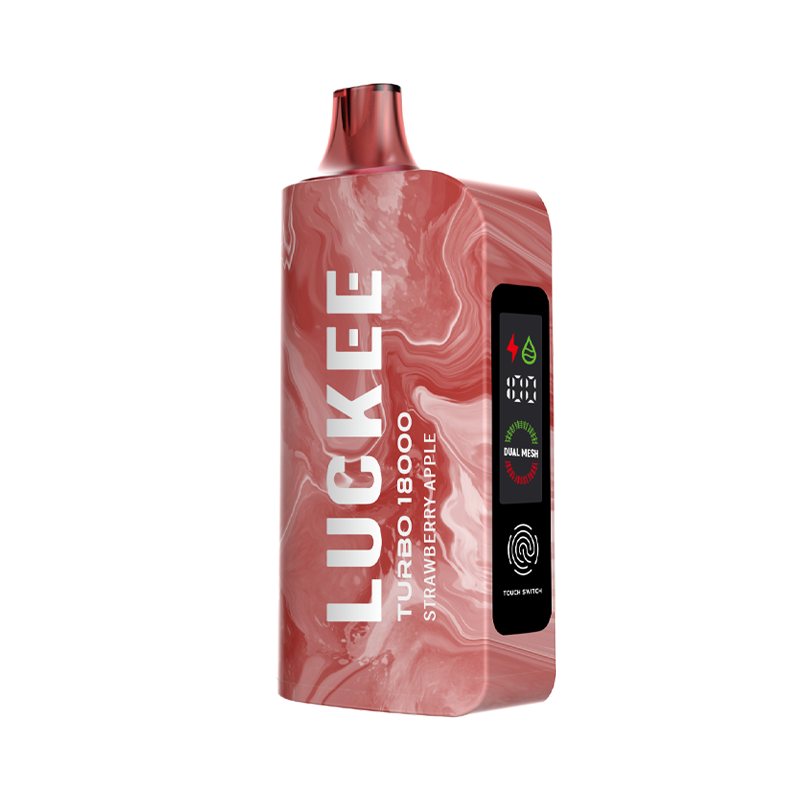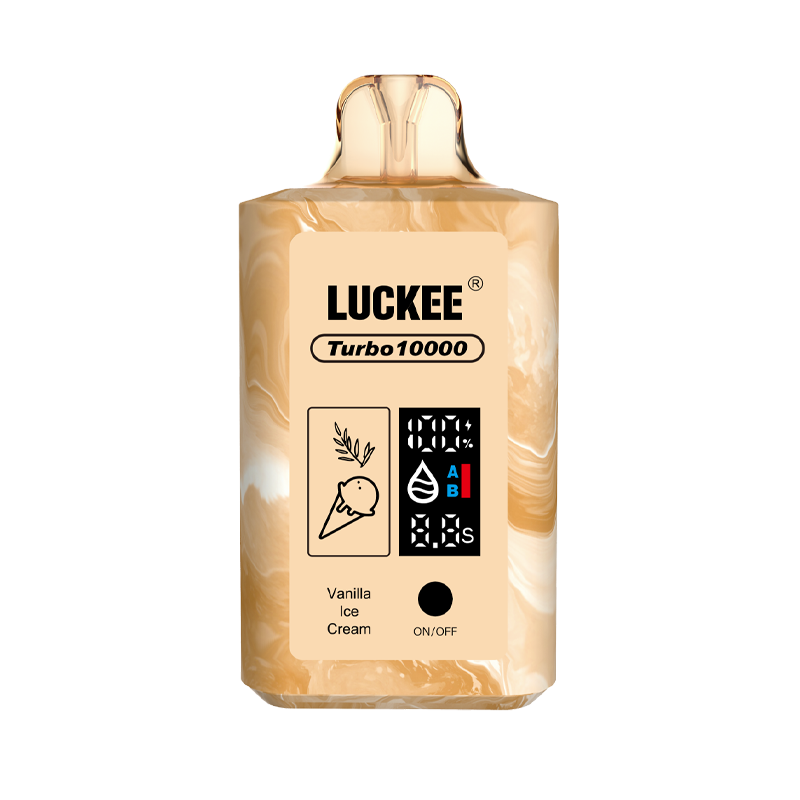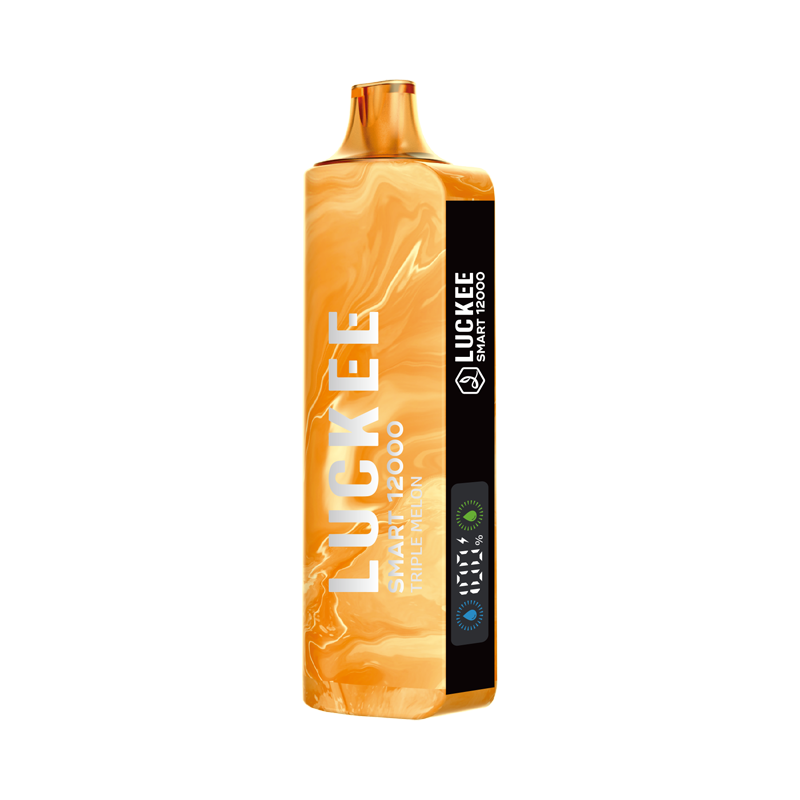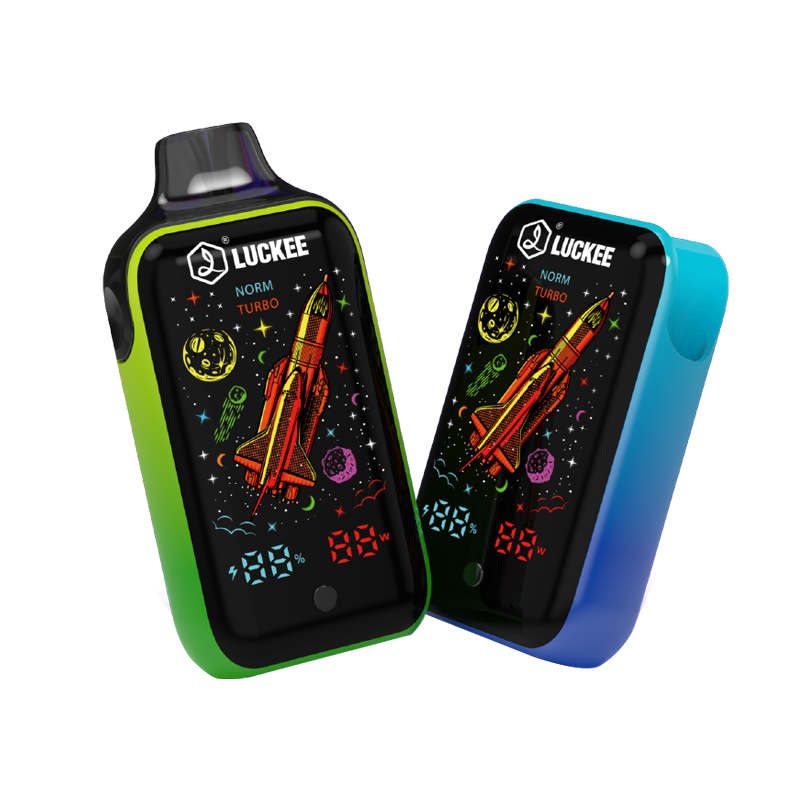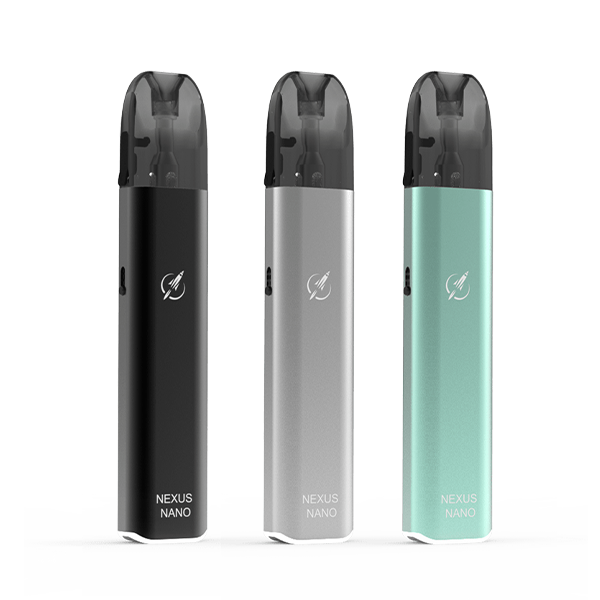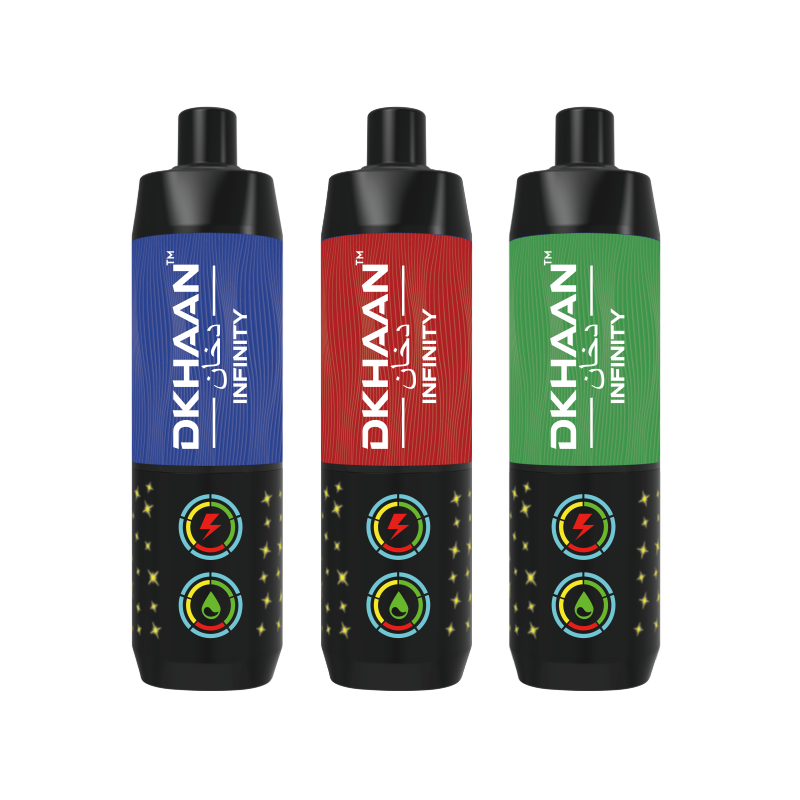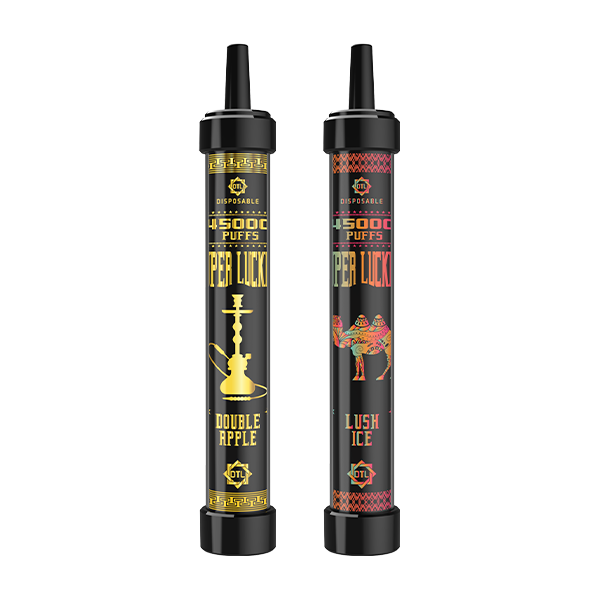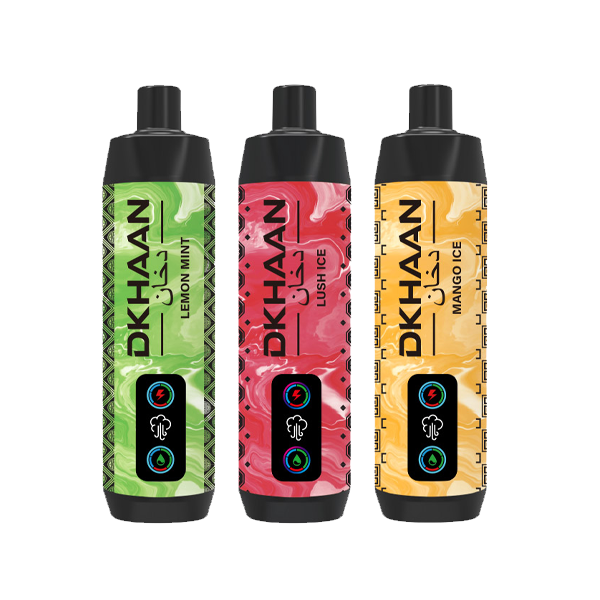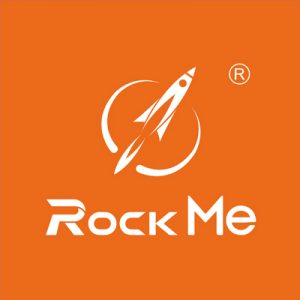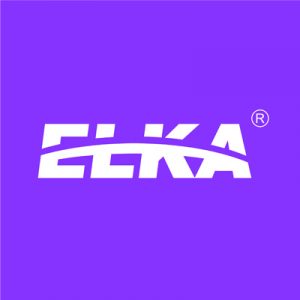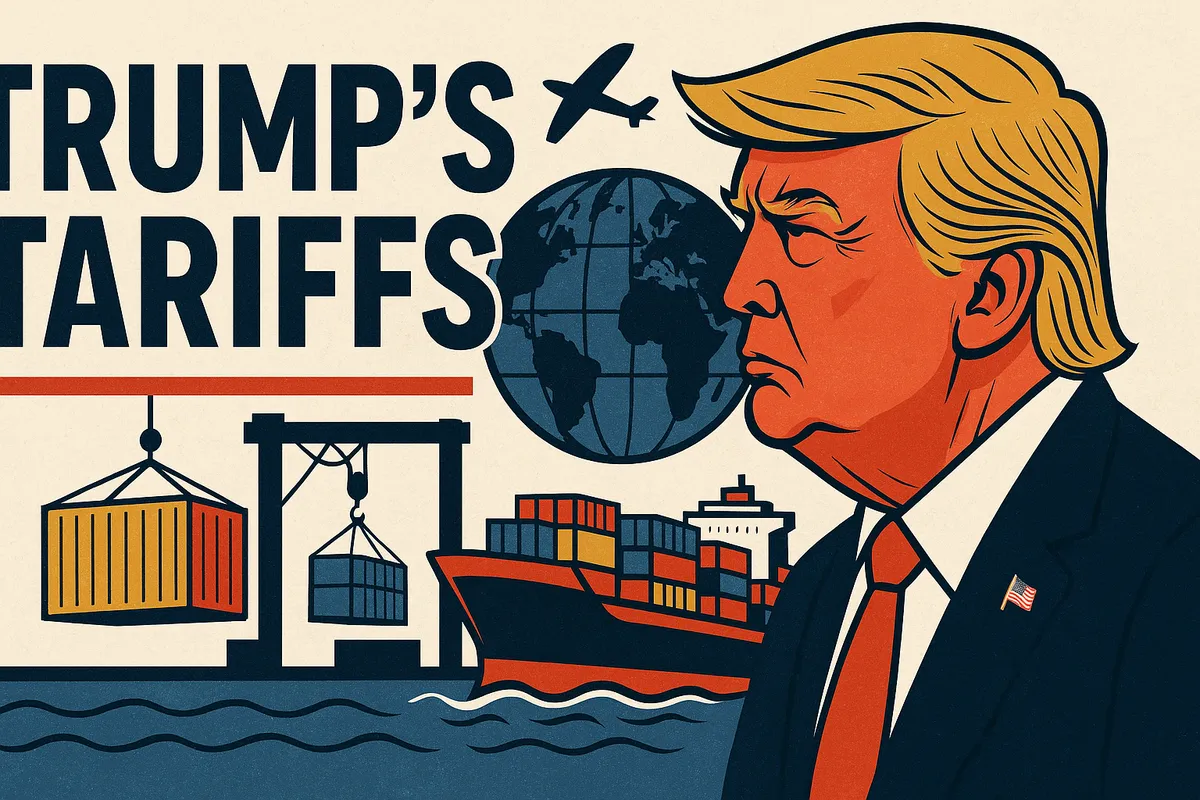
vape logisticsOn April 9, the United States implemented a new series of tariff increases on Chinese imports, intensifying cost pressures throughout the cross-border e-cigarette logistics sector. In an exclusive conversation with 2Firsts, a logistics expert known as “L” (pseudonym) shed light on how these tariffs are reshaping supply chains, impacting freight rates, and forcing businesses to adapt their strategies.
Modest Freight Adjustments, Industry Remains Steady
Since the tariff hike, shipping providers have begun tweaking their rates. L reports that sea freight at their firm rose from 19 RMB/kg to 21 RMB/kg, while air freight increased from 55 RMB/kg to 57 RMB/kg—amounting to no more than a 2 RMB/kg uptick.
Although the new tariffs have added around 8 RMB/kg to the overall cost, a recent drop of about 6 RMB/kg in off-season shipping rates has absorbed most of the impact. “The net increase is just 2 RMB/kg,” L stated, noting that this hasn’t discouraged order volumes. “E-cigarette businesses tend to be less sensitive to logistics cost fluctuations than traditional sectors. A small adjustment like this remains manageable, especially for higher-value products.”
Grey Channel vs. Full Compliance: Uneven Impact
According to L, the industry’s response is highly segmented:
Grey Channel Shipments: By declaring cargo under less-specific categories such as “vape accessories,” some companies take advantage of lower effective tax rates—often saving more than 10% compared to compliant shipments.
Fully Compliant Channels: In contrast, legally declared e-cigarette shipments face much steeper tariffs (a base rate of 27.6% plus surcharges), and logistics costs can account for up to 80% of the product’s value, threatening overall competitiveness.
L adds, “There haven’t been widespread back-tax cases in the grey market so far, but that could change if U.S. Customs intensifies inspections. If that happens, today’s tax-inclusive pricing model could quickly become obsolete.”
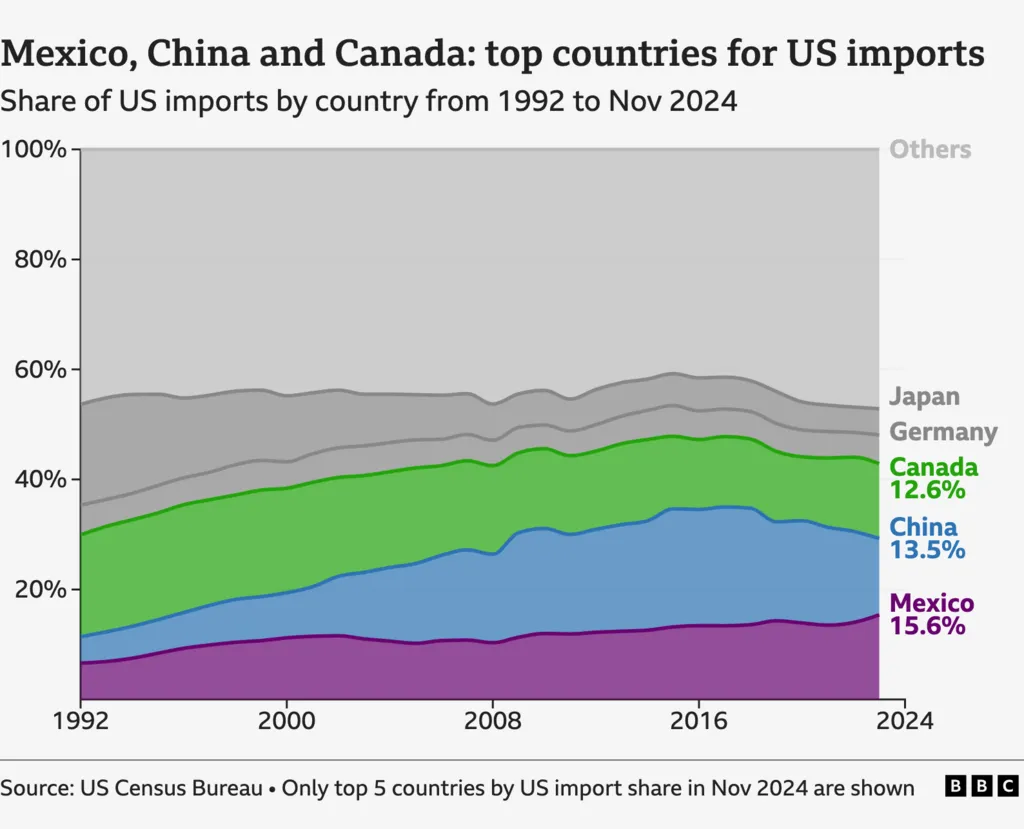
Anticipating Further Price Increases
Current freight rate changes remain moderate, but most industry players expect further increases. L outlines several influencing factors:
Post-policy recalibration: Between April 10 and 14, shipping rates could see another bump as the final tariff documentation is released, especially for high-tariff goods (up to 5 RMB/kg).
Peak season surges: During periods like Amazon Prime Day (July) and the pre-holiday rush (September), air freight could exceed 70 RMB/kg—a 20%+ jump from current rates.
Shrinking buffer: Although air freight is still about 30% cheaper than pandemic highs, capacity constraints during peak periods may erase this advantage.
To avoid future rate hikes and policy overlap, L’s company recommends clients ship ready goods by mid-April whenever possible.
Long-Term Uncertainties
L highlights two significant risks facing the sector:
The future of grey channel logistics: Growing U.S. scrutiny and increased lobbying from major tobacco companies could soon close existing loopholes for non-compliant imports.
Tax-inclusive shipping pressure: Logistics firms absorbing tariff costs face major financial risks. Should the back-tax on a shipment exceed the profit from freight charges, they may abandon goods—creating significant operational risk for brands.
L’s advice to e-cigarette companies: “Develop a flexible, resilient logistics plan. Use air freight for your hottest SKUs to keep inventory moving, and shift slower products to ocean freight to control expenses. Always monitor changes in U.S. customs classifications and fine-tune your declaration strategies in advance.”
As of April 9, the White House confirmed a 104% tariff on certain Chinese imports—a clear sign of rising trade friction and its cascading impact on global supply chains, particularly in specialized markets like e-cigarettes.



